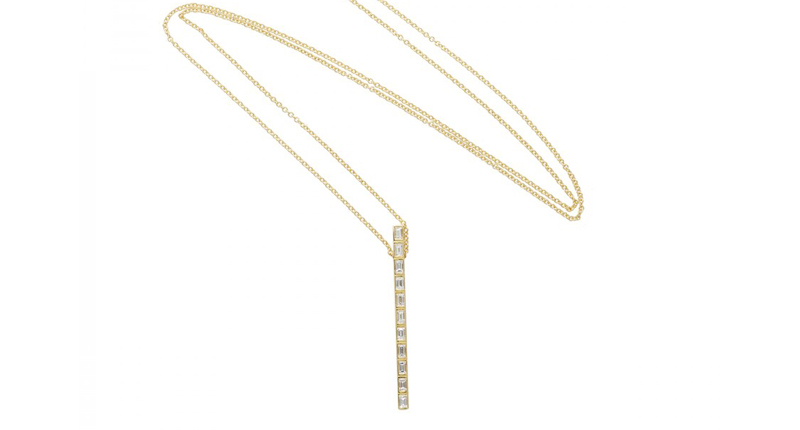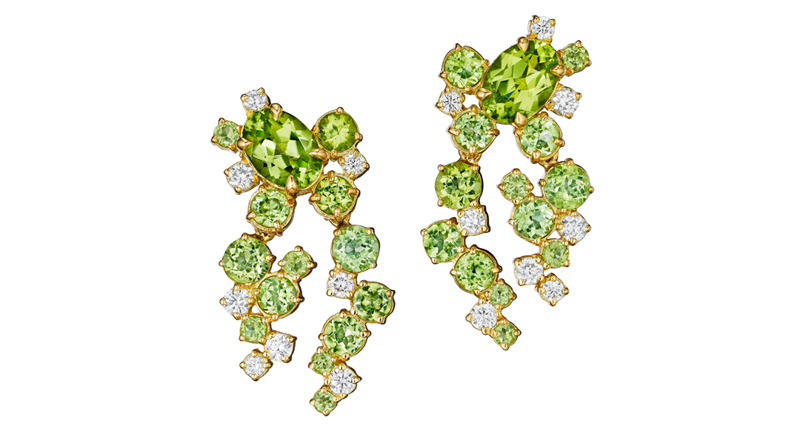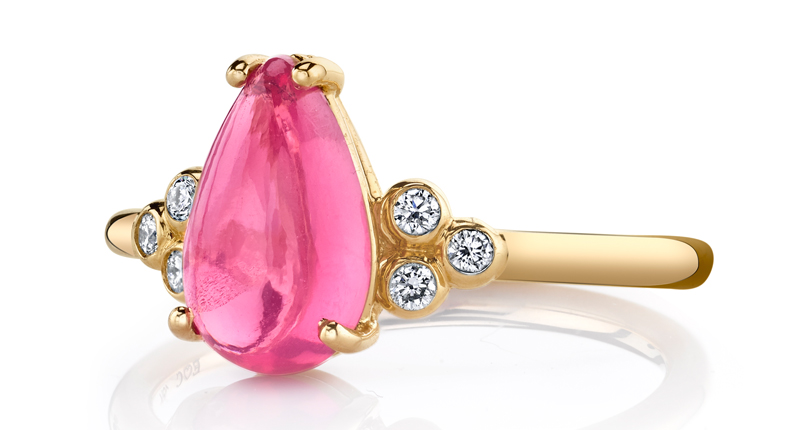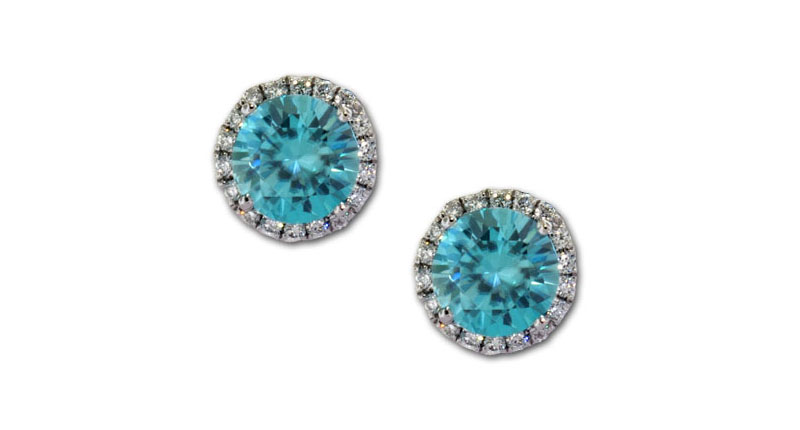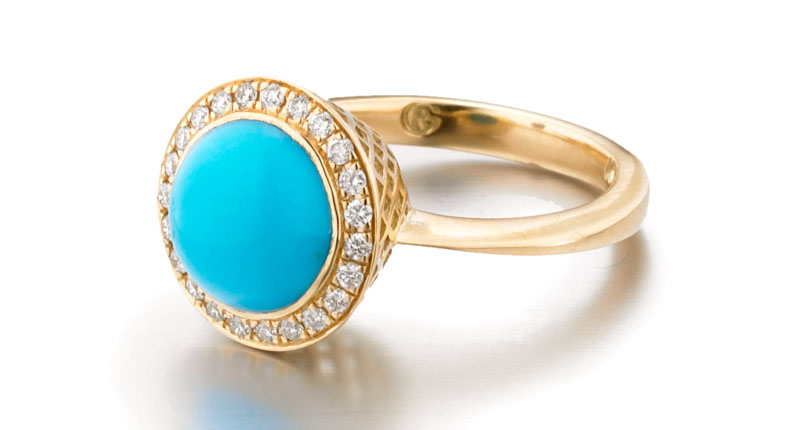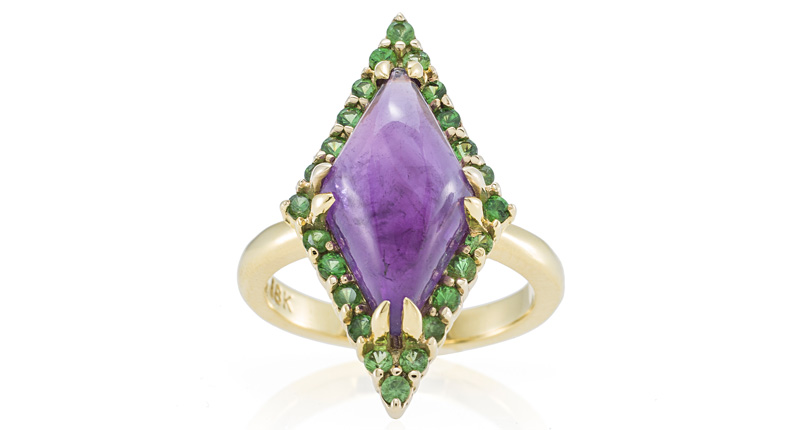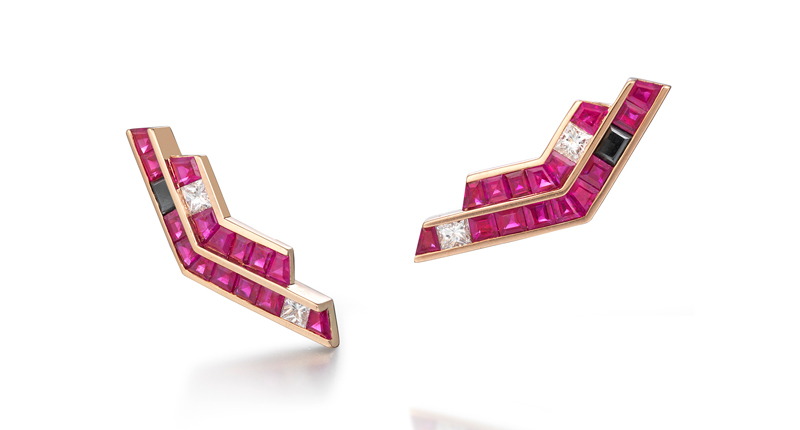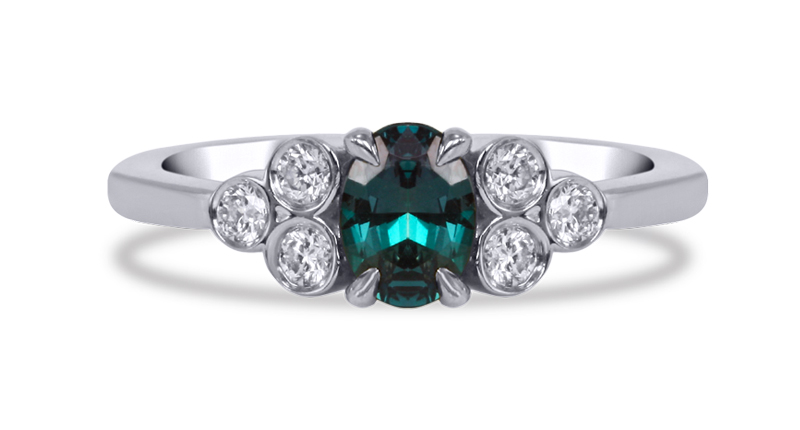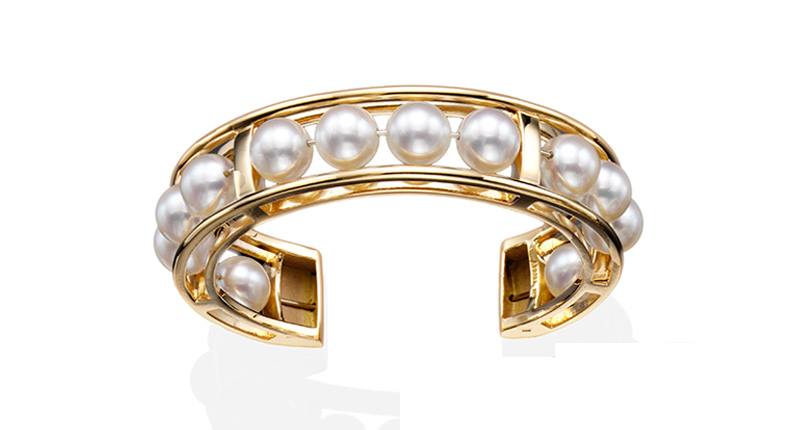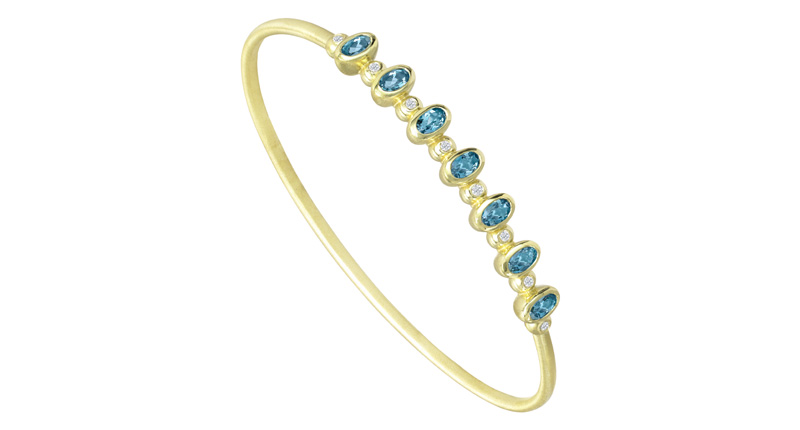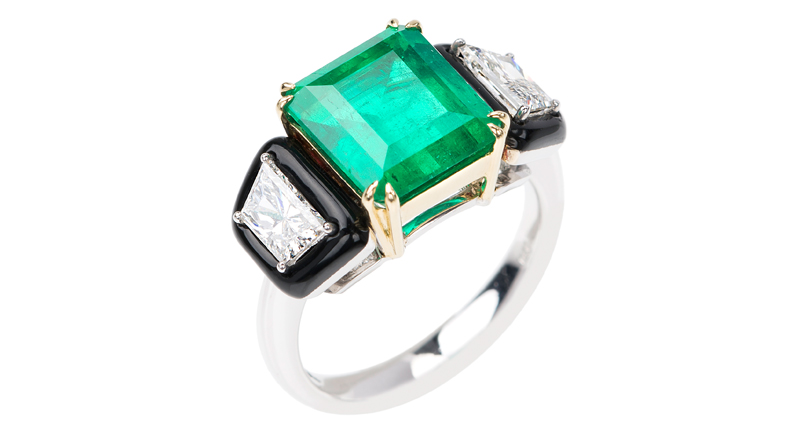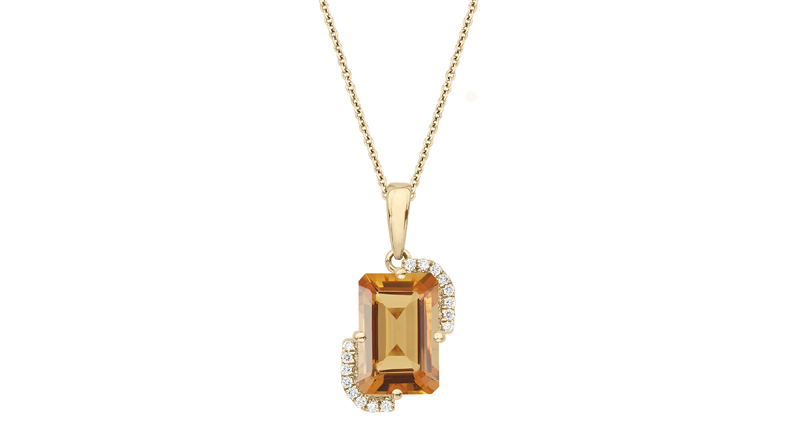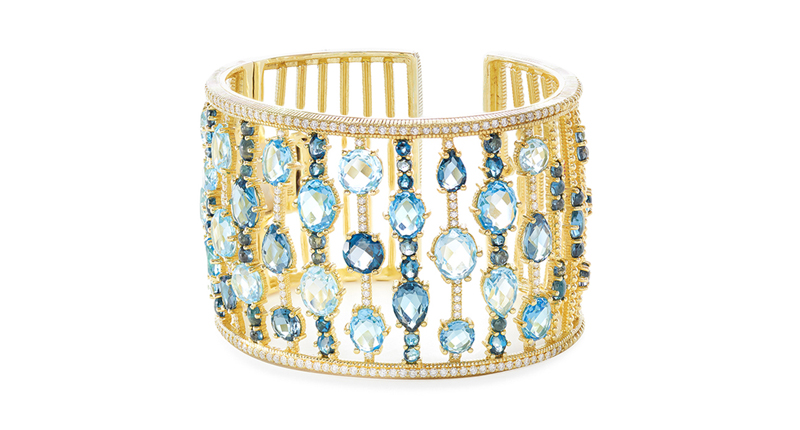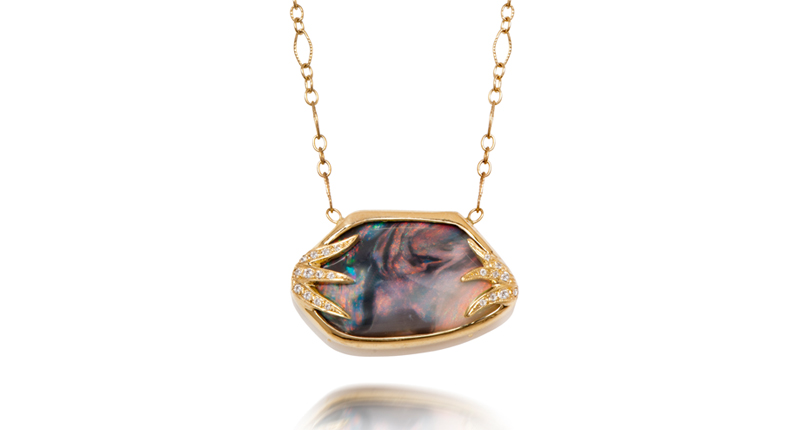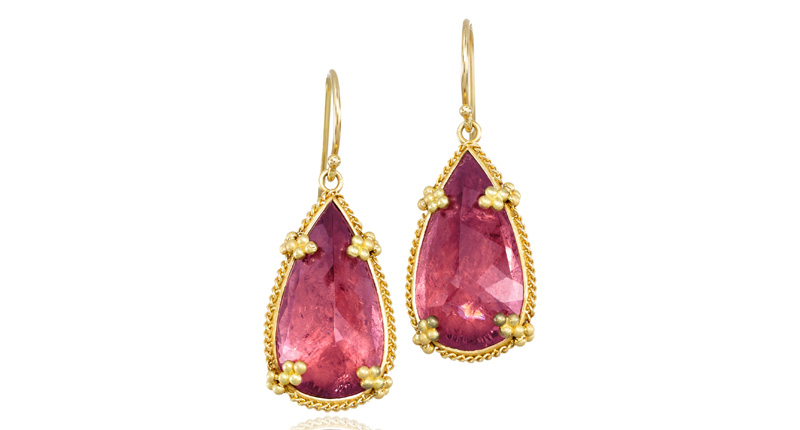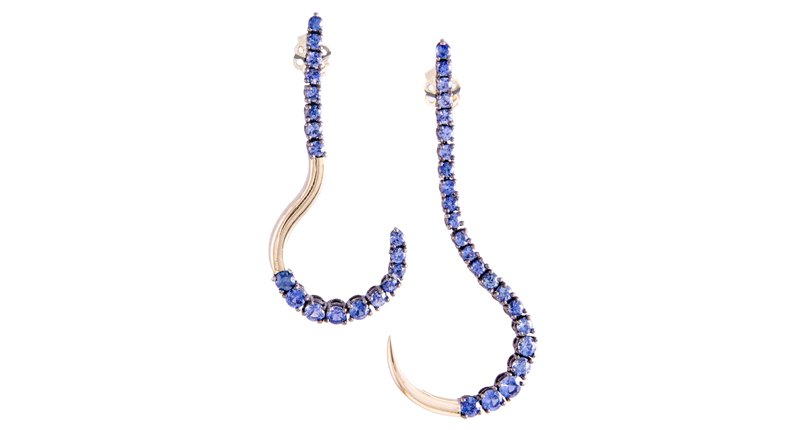Linda Coutu is rejoining the precious metals provider as its director of sales.
Rocks On: The Evolution of the Birthstone List
The birthstone list has changed only a few times since it was created more than a century ago, giving elevated status to a group of stones that continue to sell well today.

But ask any number of them what their birthstone is and they likely can tell you without hesitation, proof that the long-ago idea of codifying a list of gemstones to drive consumer awareness has been a success.
According to the American Gem Society, birthstones are believed to date back to the breastplate of Aaron, which contained 12 gemstones representing the 12 tribes of Israel.
It wasn’t until 1912, though, that the first official birthstone list was established by the American National Retail Jeweler’s Association (now known as Jewelers of America). It has changed only a few times over the last century.
According to JA, it updated the list in 1952 to add alexandrite (June), citrine (November), tourmaline (October) and zircon (December) as birthstones, and again in 2002, when tanzanite became a birthstone for December.
Most recently, spinel joined peridot in August.
The American Gem Trade Association and Jewelers of America jointly announced the change, and JA since has launched a consumer-facing marketing campaign to drive demand and excitement for the stone.
“As tastes change, fashion evolves, and as more consumers become interested in gemstones, it is important that our industry evolve to meet their needs,” said Doug Hucker, AGTA president and CEO.
Today’s birthstones
There are small differences among the various birthstone lists used by organizations in the trade.
The AGS, for example, doesn’t include moonstone for June, while JA and AGTA do. The AGTA also lists bloodstone for the month of March, in addition to aquamarine, while JA and the AGS don’t.
Some get as specific as hues, such as blue stones only--either topaz or zircon--for December.
When National Jeweler published the November Birthstone Baubles blog post, which was based on trade lists that included both topaz and citrine, the publication received Facebook feedback indicating that not all shades of topaz could be used to celebrate November. Blue, they contended, was only for December.
After surprise and curiosity led to more research about this, Google revealed that a few major retailers, like Helzberg, Zales and Blue Nile, and other businesses, use blue topaz for the last month of the year, listing only citrine or imperial topaz-like hues of topaz for November, and opting to go with topaz over the traditional zircon in December.
The differences among all of these many birthstone lists can have both positive and negative effects.
Susan Eisen of Susan Eisen Fine Jewelry Watches Art & Appraiser in El Paso, Texas, said she uses several different lists to help customers choose an alternative if they don’t like what one list dictates as their birthstone.
At the same time, having so many options can overwhelm consumers.
“Like anything, when we start having too many options in a category, the uniqueness and thus demand for each option gets diluted, arguably defeating the purpose of having the special category in the first place,” designer Priyanka Murthy of Arya Esha said.
But having birthstone status, it appears, does a great deal of good for a gemstone regardless.
“I think birthstone jewelry still sells well and always will,” gemstone dealer and designer Kimberly Collins said.
In addition to giving those gemstones a certain cache, the awareness of birthstones also helps consumers learn about different gems, birthstone or not. It also prompts a store’s sales associates to better educate themselves on colored gemstones and be able to have a conversation at the point of sale.
Spinel is the latest to be afforded this status, offering lucky August babies a variety of different colors and price points.
“Adding spinel gives consumers a wider choice with which to celebrate their birth month. Peridot is a wonderful gemstone but is monochromatic. Spinel offers a wide range of colors and has a rich history in the gem kingdom,” Hucker said. “It has been underappreciated for years and is finally attaining a status befitting of its rarity and beauty.”
Still, Eisen thinks it will take a while for these benefits to come to spinel, noting that, “Having a new birthstone for a month will take ages to get accepted by the public, but we will try to educate them.”
Getting personal
Birthstones, by definition, have long meant something special to those with whom they are associated--it’s their birthday, a loved one’s birthday, a stone to mark a special date.
So today, they’re perfectly positioned to speak to the consumer trend of wanting personal, special pieces. Birthstones provide the perfect opportunity for a meaningful self-purchase or gift.
“There is a greater need and desire on the part of the consumer for meaningful purchases overall, and jewelry is one of them,” said designer Malak Atut of Zaiken Jewelry, adding that designers also are seeing a segment of consumers looking for non-traditional birthstone jewelry.
For example, she had one client who wanted a bracelet with her son’s birthstone on it, but also her dog’s, “because, as she put it to me, ‘he (the dog) was my first baby.’”
Or the pendant Atut created for a woman who had survived cancer and wanted to use the month marking the end of her treatment as a “new birth.” She chose garnet for January, when she was medically cleared.
Besides just representing their month, birthstones also seem to be surrounded by a sort of mysticism.
Gemstones in general are steeped in lore, and birthstones are thought by some to offer benefits to the wearer, especially when combined with the month with which they’re associated.
“Some people might feel like their birthstone offers them protection as well or could act like a talisman,” said Arun Bassalali, president of Lali Jewels.
Retail benefits
Love them or hate them, birthstones still sell, or at least that’s what National Jeweler heard from a number of industry members.
Eisen said that she’s still seeing a lot of interest from customers for birthstone jewelry. “Because so many colors are available for different gemstones, it allows someone to really find the color that calls out to them.”
A birthstone list also allows for more opportunity for sales and satisfying customers’ tastes for interesting-yet-out-of-the-ordinary gemstones, Hucker said.
Not surprisingly, birthstone sales peak during their associated month. Bassalali said that it might start a few weeks prior to the month and carry through all four weeks.
This means that birthstone sales also can have a lot do with timing.
The holiday season, for example, might see more sales of November and December’s birthstones, as well as amethyst in February as both a birthstone and for Valentine’s Day, or emerald in May as both a birthstone and a gift for Mother’s Day. Not to mention, the “big three”--emerald, ruby and sapphire--tend to hold their own and aren’t in need of birthstone status, generally selling well all year round.
On the other side of things, there might be a bit of a lag for some of the other stones. For Lali Jewels, these are garnet, aligned with January, and yellow-orange citrine, which is November’s birthstone but doesn’t sell well in the United States.
“At the end of the day, it all comes down to awareness and knowledge of a stone,” Bassalali said. “The more your sales staff is knowledgeable about the stone, the better the sales will be.”
Tanzanite, for example, benefited greatly from the television shopping networks picking up on it and flooding the market with goods, leading many retailers to get on board and educate their staff on the gem, he said.
Outside of emerald, ruby and sapphire, which are always stronger for her, Collins said she does well with garnet, amethyst, aquamarine, peridot, tourmaline, blue zircon and tanzanite.
Murthy of Arya Esha noted a similar pattern, and said that quartz birthstones seem to be recognized more than other gemstones, and posited that it likely had to do with the availability of quartz on the market.
“What we are seeing is that a customer’s appreciation for colored stone designer jewelry is enhanced when the colored stone is a birthstone, and the likelihood of that appreciation for the design being translated into a sale goes up significantly when the stones used are birthstones,” she said.
The Latest

The Signet Jewelers-owned store, which turned 100 last year, calls its new concept stores “The Edit.”

The supplier has a curated list of must-have tools for jewelers doing in-house custom work this year.

How Jewelers of America’s 20 Under 40 are leading to ensure a brighter future for the jewelry industry.

Footage of a fight breaking out in the NYC Diamond District was viewed millions of times on Instagram and Facebook.


Sparkle with festive diamond jewelry as we celebrate the beginning of 2026.

The master jeweler, Olympian, former senator, and Korean War veteran founded the brand Nighthorse Jewelry.

Roseco’s 704-page catalog showcases new lab-grown diamonds, findings, tools & more—available in print or interactive digital editions.

In its annual report, Pinterest noted an increase in searches for brooches, heirloom jewelry, and ‘80s luxury.

Executive Chairman Richard Baker will take over the role as rumors swirl that a bankruptcy filing is imminent for the troubled retailer.

Mohr had just retired in June after more than two decades as Couture’s retailer liaison.

This year’s good luck charm features the mythical horse Pegasus, and is our first Piece of the Week of the new year.

Articles about crime, engagement rings, and a necklace worn in the World Series generated the most interest among readers.

As part of the leadership transition, Sherry Smith will take on the role of vice president of coaching strategy and development.

It marks the third time the country has headed the Kimberley Process. Ghana will serve as vice chair.

The new Bulova x Stetson designs highlight two animals often associated with the American West—the bison and the Texas Longhorn.

Its residency at Yamron Jewelers will run through May 2026.

From influential executives to innovative designers, we pay tribute to the people we said goodbye to this year.

The retailer is expanding into areas with large Indian and South Asian populations.

The Italian brand has opened its first flagship amid the peaks of the Dolomites in Madonna di Campiglio, Italy.

The new curation at the Natural History Museum of Los Angeles County showcases rare gem and mineral specimens in their uncut, natural state.

The couple pleaded guilty to concealing at least $127 million in cash transactions at its precious metals businesses.

Consumers shared concerns about prices, inflation, tariffs, trade, and politics in the survey’s write-in response section.

In February 2026, the auction house will move its headquarters to the former Steinway Hall, a neoclassical landmark on Billionaires’ Row.

The new show will take place Jan. 23-25, 2026.

The former BHP Billiton leader and Gemfields chairman is remembered for his influential leadership throughout his 50-year mining career.

The LVMH-owned brand has partnered with the costume design union to revamp its award for 2026.










